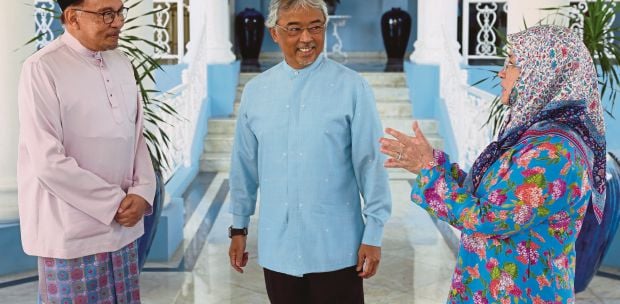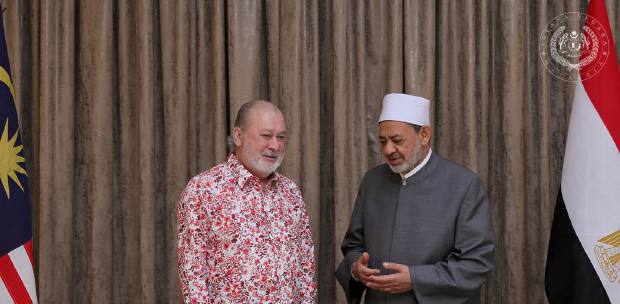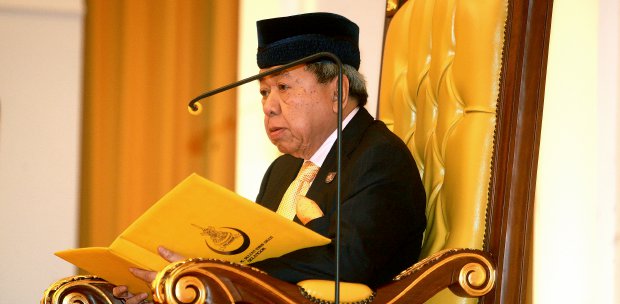ASIA is becoming an increasingly significant cultural force with not only Asian cinema having a moment, but also its music.
Twenty years after the Hallyu — Korean wave — was first introduced to the region and beyond, K-pop groups such as BLACKPINK and BTS dominate global playlists. With Asian cinema and music gathering more and more followers, there is a growing awareness of the unique storytelling and sounds found in Asian entertainment industry among international audiences.
In 2019, the South Korean film Parasite took the world by storm, winning both the coveted Palme d'Or at Cannes and Best Picture at the Academy Awards. Audiences and critics alike were enthralled with the film's dark portrayal of class inequality. The success of the film shone a spotlight on the wider Asian cinema landscape, with a more diverse audience taking notice of media from Asia for the first time.
The introduction of new Asian content on the global stage is showing no signs of slowing down, with demand for more organic Asian content expected to grow.
This is especially true with the rise of over-the-top (OTT) platforms, which has accelerated the global access of entertainment.
The OTT platforms have exploded in popularity among younger viewers, notably the Gen Zs, who are also known as the native Internet generation. The expansion of mobile devices and increased connectivity gives consumers the ability to watch shows on-demand. The ability to stream at any time is diversifying entertainment choices, helping to shape international tastes, and drive content growth.
According to a study by The Trade Desk, younger, tech-savvy generations are driving the demand for Asian content — particularly South Korean content, which is the most popular genre with 62 per cent of Gen Z viewers. Furthermore, 51 per cent of OTT viewers in Indonesia, Philippines and Malaysia are under 34 years old, a key demographic for content producers to tap.
The same study found that Southeast Asian OTT viewers were shifting away from Western content, contributing to an 11 per cent fall in viewership year-on-year.
Not long ago, this success would have been rare but now with more awareness of Asian entertainment, consumers everywhere are driving the demand for more pan-Asian content. This demand liberates Asian creators, allowing them to present their stories beyond the barriers of distribution rights, languages, and time zones. This wasn't always the case.
Western pop culture — overwhelmingly led by the United States — has historically dominated the entertainment world. Now though, the flow of cultural exchange goes both ways. Some argue that the reason Asian pop culture is attracting global fans is because it shares similar characteristics with Western pop culture, making it familiar to foreign audiences.
Yet, it's not only South Korean entertainment that viewers consume. With the global success of shows such as iQIYI's original costume drama Story of Yanxi Palace drawing a global audience larger than that of Game of Thrones and the Hong Kong mega blockbuster Infernal Affairs being adapted as The Departed by Hollywood, the rise of Asian content is drawing in larger more diverse audiences.
Additionally, Asian content has broken through tech and social barriers, with Japan's Pokemon Go taking gamification to the next level, allowing players to interact with the real-world. With such popular and impactful content, it is evident that the demand for pan-Asian entertainment is rapidly growing.
As the OTT industry continues evolving and becoming more accessible, its audience is also looking for more diverse content ranging from local, Asian to Western. The time for Asian creators has come. The global audience craves for more originality and cultural experiences via dramas, variety shows, and films. In a global survey conducted by iQIYI last year, the brand identified and confirmed a growing appetite for C-content. It found that 76 per cent of respondents had watched Chinese language entertainment in the past two years, marking a new high for diversification in content demand.
As the regional leader, iQIYI announced it would be releasing more than 200 original productions in Chinese languages to lead the momentum. This year, the new slate returns with five main genres — Epic Tales, Young Power, Mystery Adventure, Oriental Fantasy and Differentiated Romance. This will not only be a moment for Asian regions to showcase their unique cultural soft power, but also a lucrative opportunity for platforms to reach more hungry viewers.
The writer is iQIYI country manager for Malaysia, Singapore, and Brunei.





